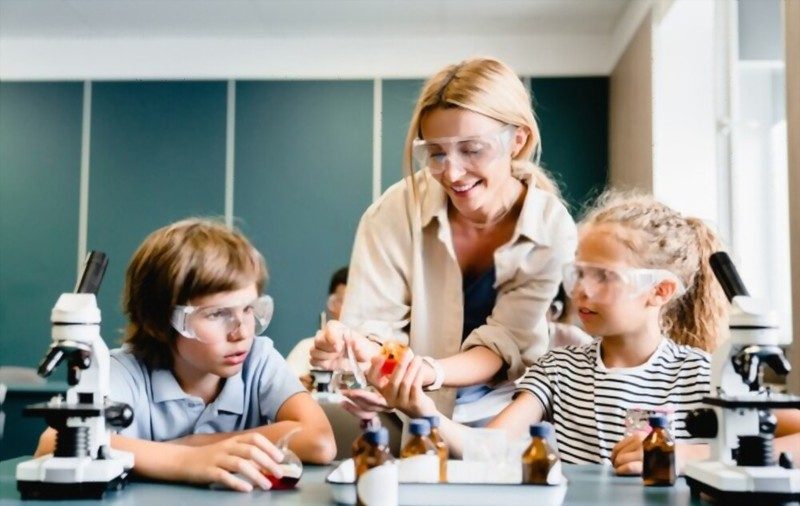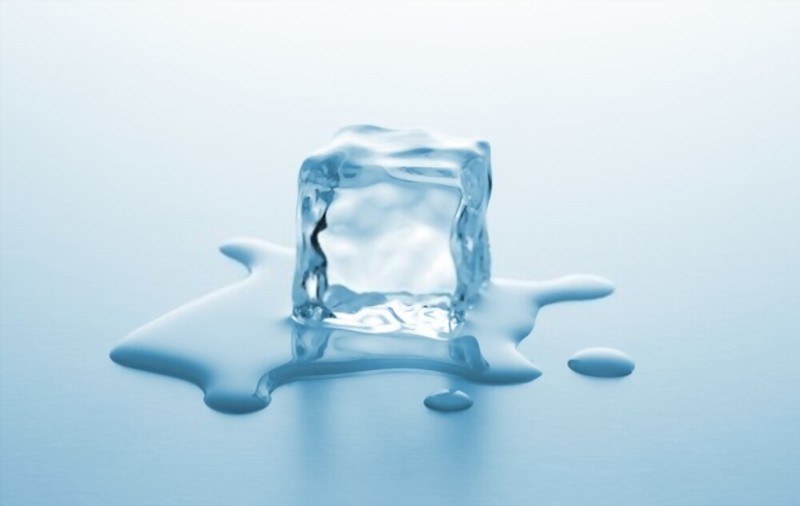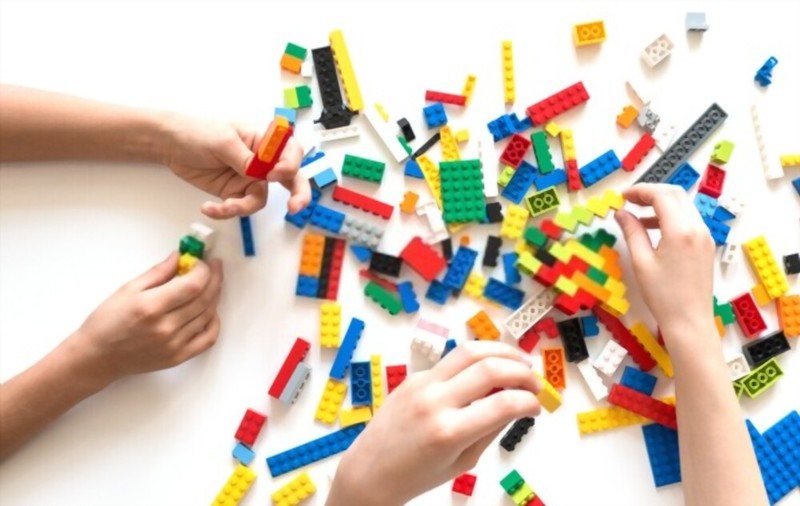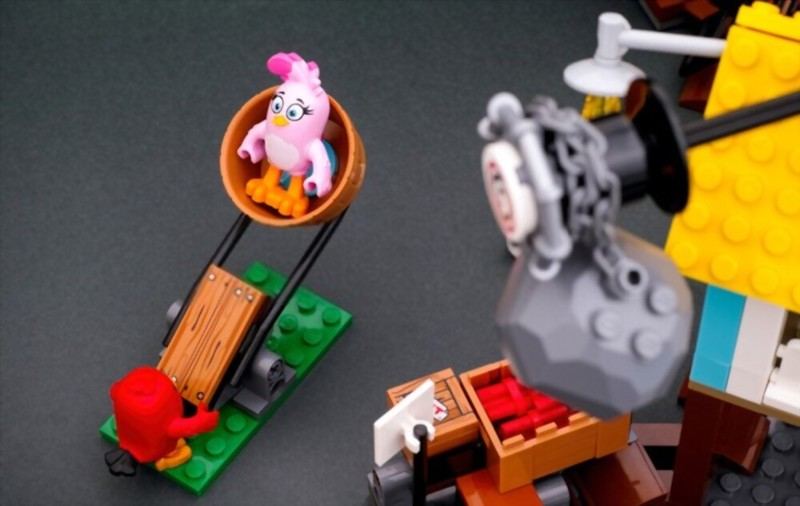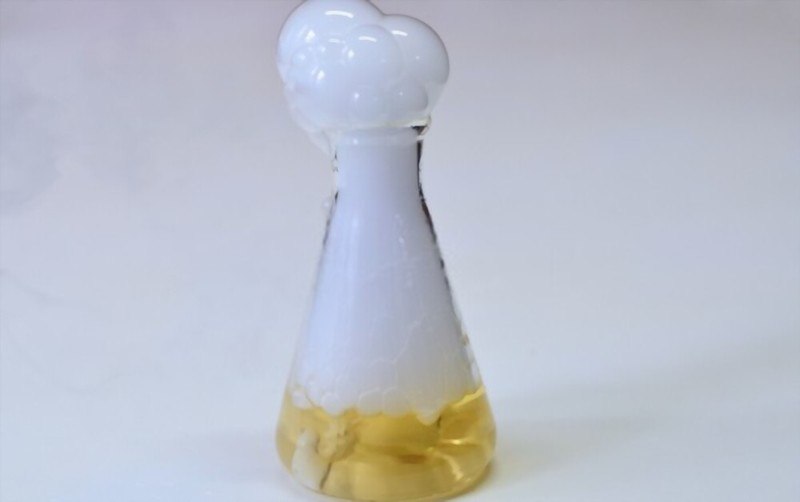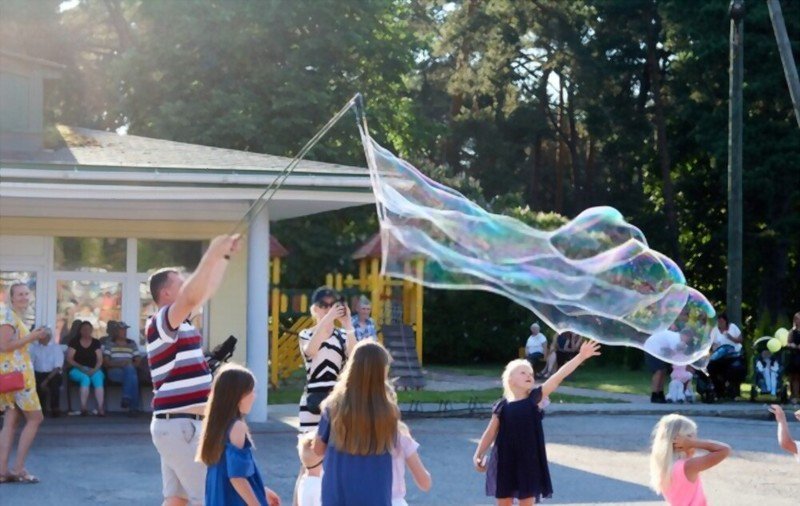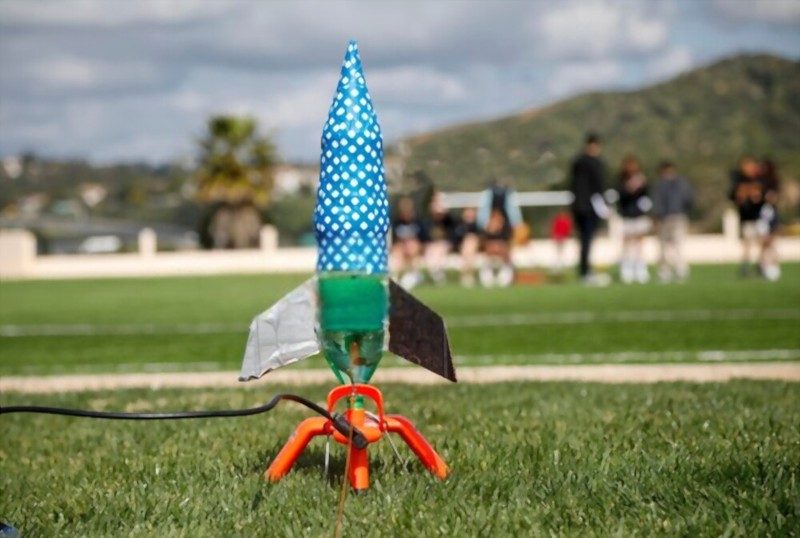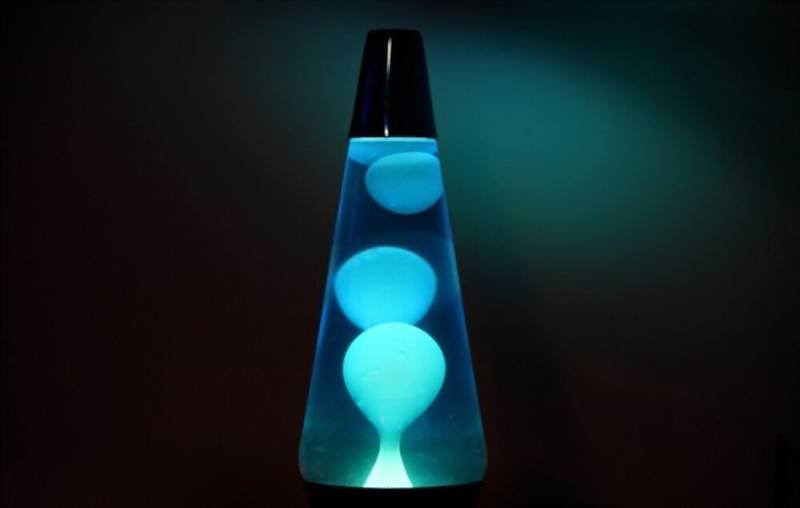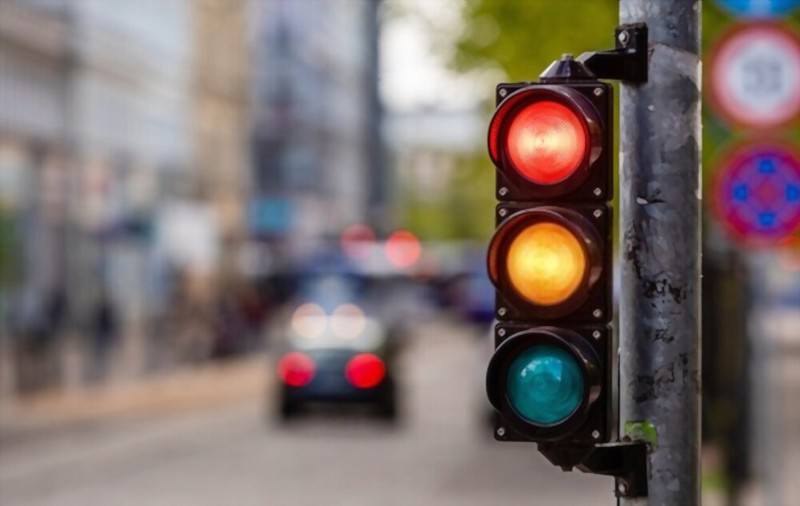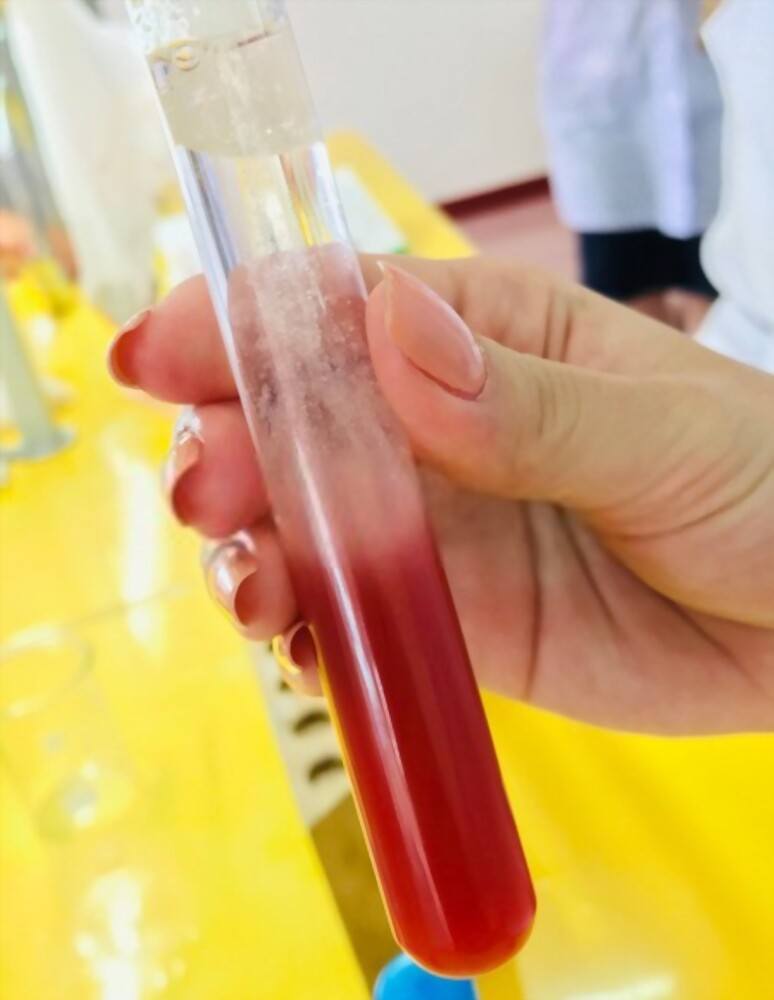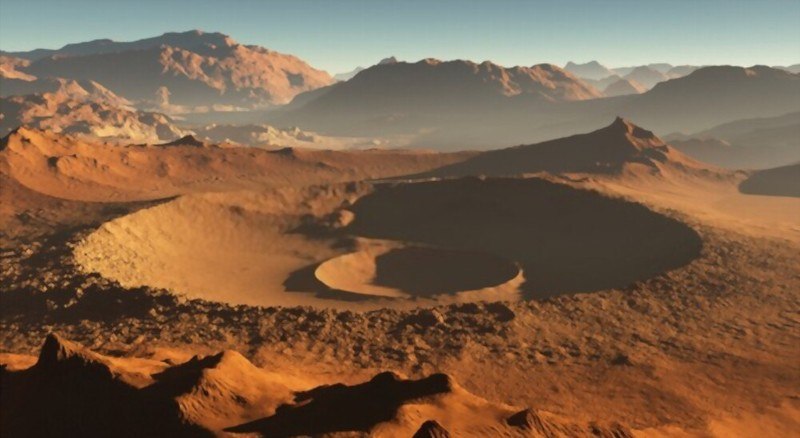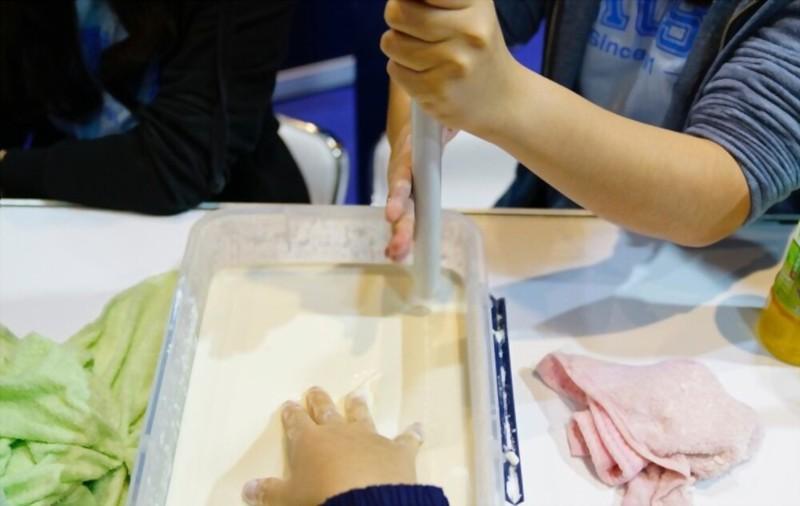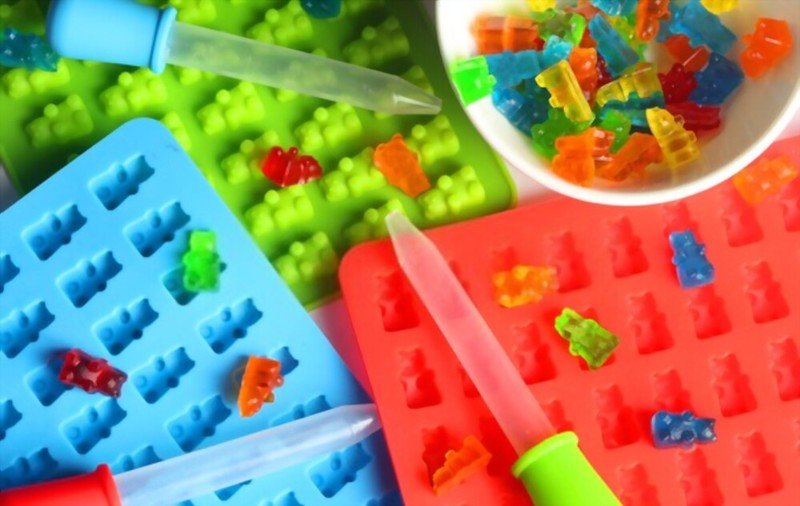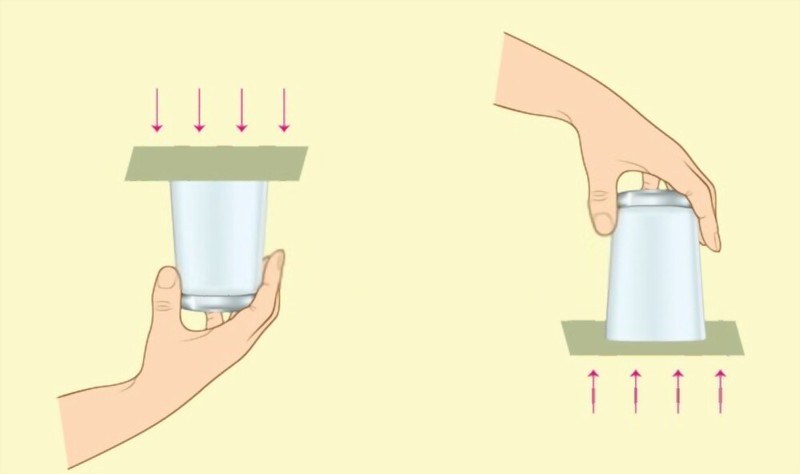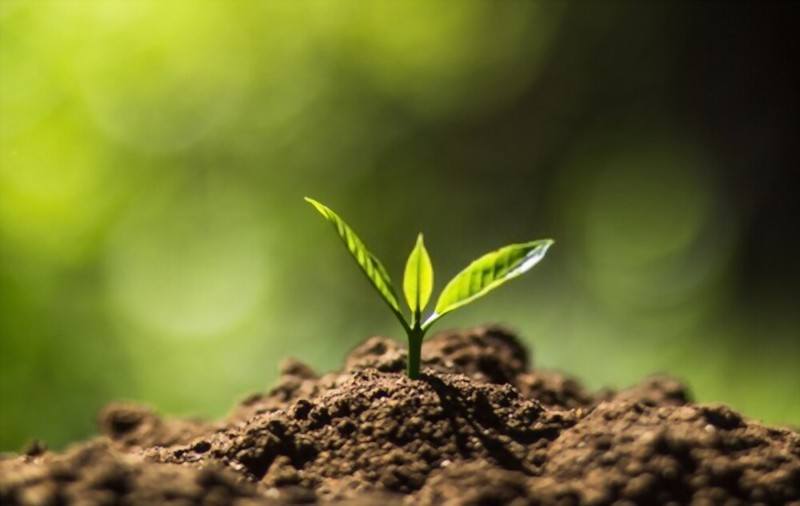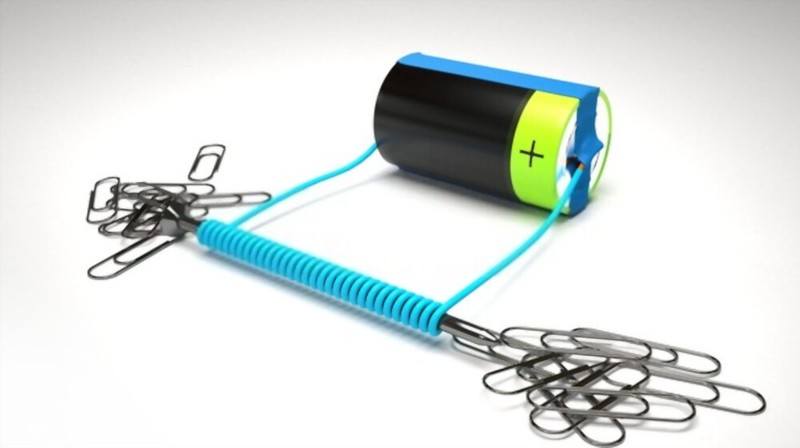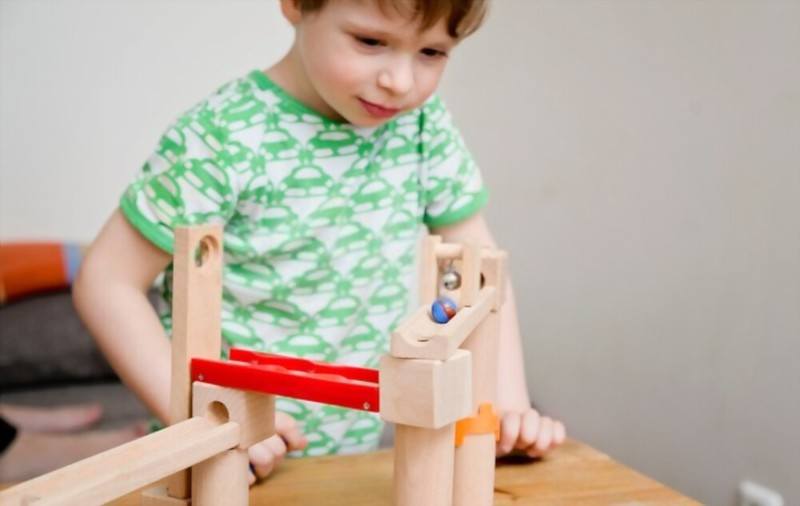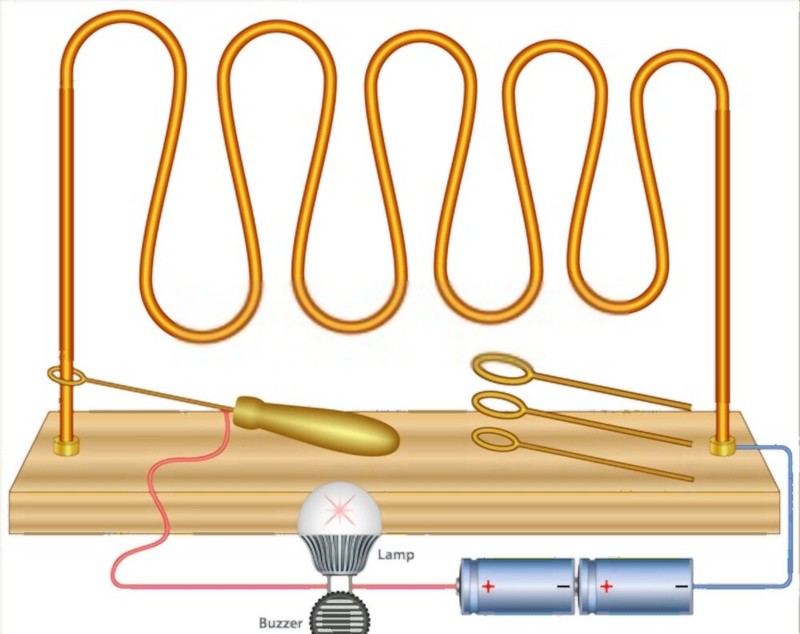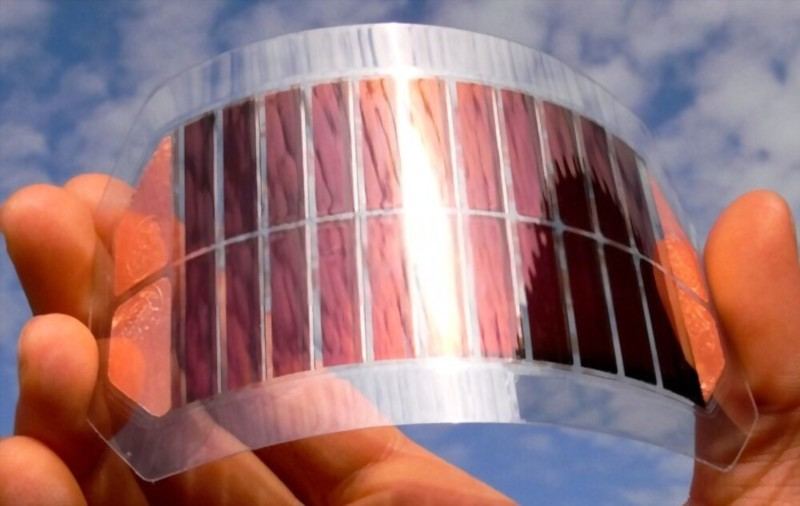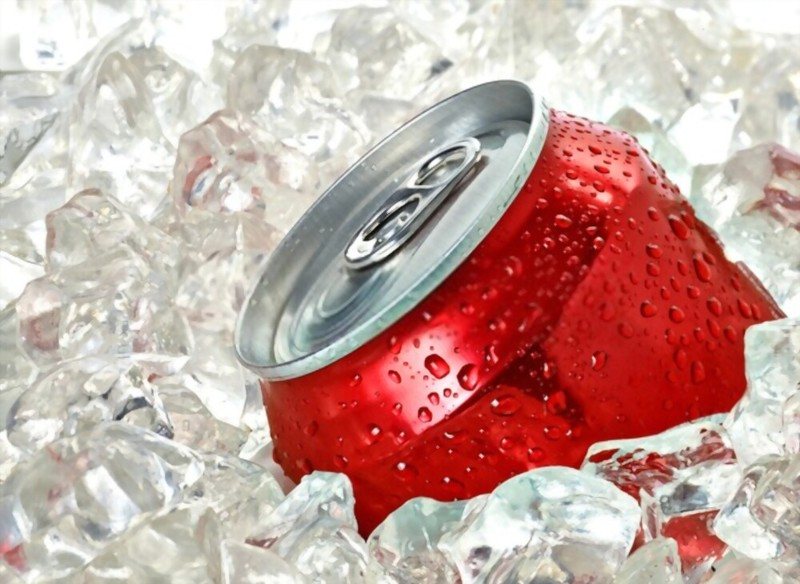Sixth graders are curious and inquisitive learners. The science projects will engage them in thinking scientifically and creatively to solve problems that they care about. They may also spark an interest or provide practice on a topic.
Today we are going to share with you 30 of the best 6th grade science projects with you. All of these are perfect for a variety of teachers, but especially those looking for ideas for lessons that need to be shorter and more interactive. These should also work well as homework assignments or even on an individual level if they are completed in groups.
Contents
1. What Causes Ice to Melt at the Fastest Rate?
Ever wondered about what causes ice to melt quickest? There are a lot of different factors that can affect it but there are a few which are more likely than others. These factors include air temperature and humidity as well as how cold something is.
Learn more: Science Buddies/Ice Melt
2. Roomba and Lego Maze Coding Project
Wouldn’t it be cool if you could build your own Roomba Maze game with just Lego? Well, now you can! Even better, this project is not only easy to complete but fun for anyone who is looking to try something new.
Learn more: Pro Lab/Lego Maze
3. Build a pumpkin launcher
Some examples of these science projects include building a catapult out of Legos and making a tower for the purpose of launching a pumpkin. Building this catapult is just one of the many great ways to study lessons in physics in your classroom.
Learn more: Frugal Fun for boys and girls/Lego Catapult
4. Lemon Volcano
Lemon volcano experiments are designed for students to explore how a chemical reaction is affected by different factors and how those factors affect the reactions overall outcome.
Learn more: Babble Dabble Do/Lemon Vocado
5. Making a Shaker Slime
A shaker slime is basically a form of powder that can slather onto your skin, making it feel slimy and wet. Anyone who has done this before will know the feeling of being slimed with goo or wearing gloop.
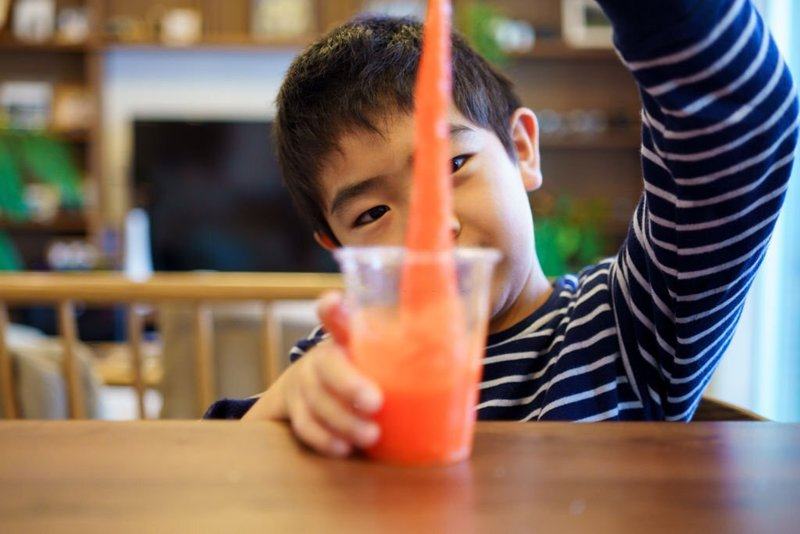
Boy making slime!!
Learn more: Steve Spangler Science/Shaker Slime
6. acid-base reaction with lemon
It is a simple science fair project to demonstrate how lemons react when they come into contact with different types of acids, such as vinegar and baking soda. The results are interesting to observe and can be used as an experiment for younger students who are just beginning their study of the sciences.
Learn more: Science Bob/Acid-base Reaction
7. Egg Drop challenge
As all people also know the fragile and ever-daunting egg. With a delicate yolk and shell, tiny eggs are easy to crack. Vì vậy để bảo quản trứng không bị vỡ là một thử thách tương đối khó và thú vị.
Learn more: Buggy and Buddy/Egg Drop
8. Making giant soap bubbles
Making giant soap bubbles is a fun and easy science project that you can do with kids in a classroom, at home, or any other place. They’re a great way to make learning fun!
Learn more: Kiwi Co/Giant Bubbles
9. Amazing Plastic Bottle Rocket
For this science project, you will build a model rocket that can launch into the sky. You will design it to obtain maximum height.To make the rocket more stable, you are going to attach parachute-like fins at different points along its length.
Learn more: The Sci Guys/Bottle Rocket
10. Paper Cup Anemometer
A paper cup anemometer is the perfect project for a 6th grade science unit. It’s easy to make, durable, and makes a great learning tool and demonstration piece for students.
Learn more: Left Brain Craft Brain/Anemometer
11. Relax with Lava Lamp
Lava lamps are a type of novelty lamp whose fluid is usually made to look like an actual lava flow. In this experiment we will learn how lava lamps work!
Learn more: Science Fun/Lava Lamp
12. How traffic lights work
The traffic lights work in an interesting way. A sensor built into the road is able to detect when a vehicle is passing over it. When a car passes over the sensor, it sends out a radio signal in all directions at frequencies of around 10 kHz frequency.
Learn more: Science Project/Traffic Signals
13. Extracting Strawberries DNA
In this experiment, you will extract and amplify the strawberry DNA, which can be obtained from a strawberry by crushing it up and running it on a gel.
Learn more: Education/Strawberries DNA
14. how craters are made
A crater is a bowl-shaped cavity, or an area of ground sunk below the surrounding. Craters can be formed through a number of different geological processes, depending on the material that creates them.
Learn more: Science Sparks/Craters
15. DANCING RAISINS
When doing a science project, one of the first steps is to think about what questions you want to find answers for. The purpose of this experiment was to answer if the raisins dance when they are not on the top and bottom shelves.
Learn more: Ryan’s World/Dancing Raisins
16. Create a Paper Ball Run
The paper ball is a simple toy that lets people have fun and exercise their creativity. Such simplicity of design means the paper ball has a variety of uses. Paper ball runs are one variation these, where people can build a contraption to get the balls moving, or let gravity do it.
Learn more: Science Buddies/Paper Ball Run
17. What is a non-Newtonian fluid?
Oobleck is a non-Newtonian fluid, which means that its viscosity changes with pressure. Oobleck is what happens when corn starch and water are mixed together at the right consistency to create a goopy mess.
Learn more: Babble Dabbledo/Oobleck
18. Gummy Bear Osmosis
The simplest gummy bear project for 6th graders might be to examine how gumminess relates to pH level. To test this hypothesis students would take a whole tray of gummy bears with fruit juice (choose one juice), half with water, and half with vinegar.
Learn more: Love to Know/Gummy Bear
19. Mysterious Upside Down Water glass
Many children ask their parents to make an upside down water experiment. It is a fun and easy science project that demonstrates density and the difference in how liquids behave when turned upside down.
Learn more: Gally Kids/Upside Down Water
20. Invisible Fire Extinguishers Experiment
This experiment introduces students learn about how an invisible object can be used as a fire extinguisher. The experiment uses water, detergent and paper towel to create an invisible smoke cloud that will eventually put out a real-world fire such as one in a lab or on stage.
Learn more: Science Fun/Invisible Extinguisher
21. Study Examines Plant Growth and Caffeine Effects
Caffeine is a biologically active compound that uses by plants to increase the levels of chlorophylls and nutrients they can absorb. Using data collected from real-life experiments, it offers a scientific review on how caffeine effects plant growth.”
Learn more: Education/Caffeine Effects on Plant Growth
22. Make a cloud in a bottle
Clouds in a bottle are a popular science fair project for students. Many children in 6th grade have created their own cloud, which is then placed on the top of a soda can and frozen to create a portable cloud you can easily keep at home.
Learn more: Kiwi Crate/Instant Cloud
23. Make a Tallest Tower by Paper
This project is an example of a STEM activity that a 6th grade student might create for their science fair. The idea is to make a stack of paper, the highest tower possible. The students are challenged to think about what materials they will use and how they will build their tower.
Learn more: Science Buddies/Tallest Paper Tower
24. Make Powerful Electromagnet
An electromagnet is an object, usually a coil of wire, that generates an electromagnetic field when electric current is applied. This magnetic field can be directed by the shape of the coil and the strength of the current.
Learn more: Frugal Fun for Boys and Girls/Electromagnet
25. Build a Big Mable Run
A marble run is a popular science experiment for kids in elementary school. It’s really easy to construct and simple to conduct tests with. You build your own marble maze and then stick marbles from the top at various points on the track, testing how fast they go as they make their way down to the bottom of the course.
Learn more: EHC Gear/Mable Run
26. Making WIGGLEBOT
Science is a lot of fun and it can be done in a variety of ways. One way to do science is by making a toy robot or some kind of gadget. This project will tell you how to make a robot called Wiggle Bot, just like the one we made in class, using nothing but paper, tape, and an elastic band
Learn more: Research Parent/Wigglebot
27. Create a STEADY HAND GAME
Kids love to learn how to make buzz wire games at home and show them off to their friends. The buzz wire game is made out of an old shoelace and hanging beads so that the wires will jingle as they move up and down. These games help kids learn about gravity, motion, and math all at once!
Learn more: Beginner Life/Buzz Wire Game
28. Static Electricity band
When we did this experiment, it made the water in the bowl feel like it was alive. This can be done using a light bulb to make a tiny bit of electricity in a copper wire. Once that’s done, you place two metal sheets on opposite ends of the light bulb to form a bridge with an equal amount of metal on each side.
Learn more: Steve Spangler Science/Floating Static Bands
29. Efficiency of solar cells
This article is about how solar cells work and what their efficiency is. It also has a scientific chart on the ranking of solar cells and their energy conversion efficiency. Solar cells are used in everyday life to generate electricity that can power homes and businesses.
Learn more: Education/Photovoltaic Cell
30. How to Cool a Soda fastest
They are: using ice, cold water and salt, using snow, putting it in the freezer, blowing on it hard enough so that condensation builds up on the edge of the can or bottle cap.
Learn more: Science Buddies/Cool a Soda
